
Thinkstock Images/Stockbyte/Getty Images
Once served only at Japanese restaurants, edamame have made their way into the freezer section of most major grocery stores. Sold both in their pods and shelled, these young soybeans are a healthy and inexpensive snack food, make a perfect topping for salads and hold up well when added to a stir-fry. Cook frozen edamame briefly before serving so that they are tender.
Cooking Edamame
Edamame are blanched before freezing to prevent enzymatic damage during storage. Along with helping to preserve the edamame's nutrients while frozen, blanching shortens the cooking time needed for frozen edamame. However, they always need to be cooked before they are served or used in another dish. Without cooking, frozen edamame are not tender. Boil edamame in their shells for 3 to 5 minutes, drain and salt them before serving. Boil, stir-fry or saute shelled edamame for at least 3 to 5 minutes before using.
Edamame History
Edamame are young soybeans, the same bean used to make tofu, miso, tempeh, soy milk and other soy-based items. These green, fuzzy-podded beans have long roots in Asian cuisine and were originally eaten in China as early as the third century. Popular in Japan by the 10th century, they got their name from the Japanese -- edamame, meaning branch beans. Most edamame available frozen in the United States are imported from Asia, predominately from China, Vietnam and Thailand.
Using Shelled Edamame
Boil the shelled beans and serve them as a side topped with any number of items, such as grated lemon zest, toasted walnuts, hot sauce, toasted nori, garlic, ginger or rice vinegar. Add them to a vegetable stir-fry or saute them with meat and vegetables for a balanced meal. Simply boil and serve the shelled beans topped with seasonings, or add them to a pan with a bit of oil and saute them briefly so that they are slightly browned before serving.
Edamame in Pods
The basic preparation of edamame requires you only to boil and salt the pods, and this is the classic way they are enjoyed throughout much of Japan, typically alongside a cold beer. However, you can easily jazz them up a notch by topping them with any of the same seasonings you would consider for shelled edamame and eating them as a finger food. While the pods are not eaten, their flavor is transferred to your mouth when eating in the traditional way -- by sucking the beans from their pods. If you wish to serve the beans shelled, boil them and allow them to cool before quickly shelling them for use in another dish.
Related Articles

Difference Between Soba and Udon Noodles

How to Rehydrate Chickpeas

How to Make Fresh Clam Sauce
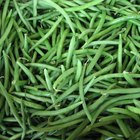
How to Blanch Green Beans for Freezing

Are Juniper Berries the Same As Capers?

Cooking Edible Soybeans
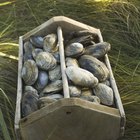
How to Cook Shucked Frozen Clams
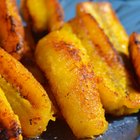
How to Cook Plantains So You Don't Have ...

Rice & Lentil Diet

Difference Between Cellophane Noodles & ...

How to Cook Crawfish
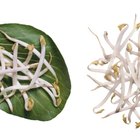
How to cook bean sprouts
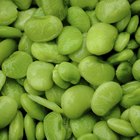
How to Cook Baby Lima Beans

What Type of Food Do People in Honduras ...
What Can I Make With Cajun Pork Tasso?

How to Freeze Cooked Dried Beans
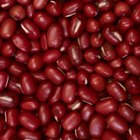
How to Soak Adzuki Beans

How to Trim Sugar Snap Peas

How to Cook String Beans
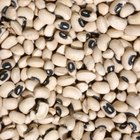
How to Freeze Black-Eyed Peas or Cowpeas
References
Writer Bio
Based in Portland, Ore., Maxine Wallace is a writer with more than 12 years of experience. With a bachelor's degree in journalism and experience working on marketing campaigns for large media agencies, she is well-versed in multiple industries including the Internet, cooking, gardening, health, fitness, travel and holistic living.
Photo Credits
Thinkstock Images/Stockbyte/Getty Images